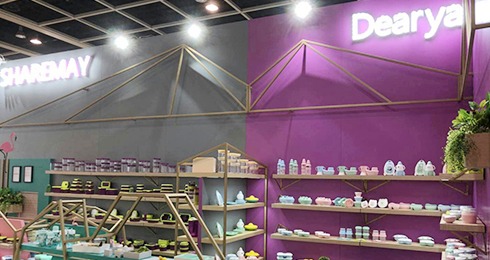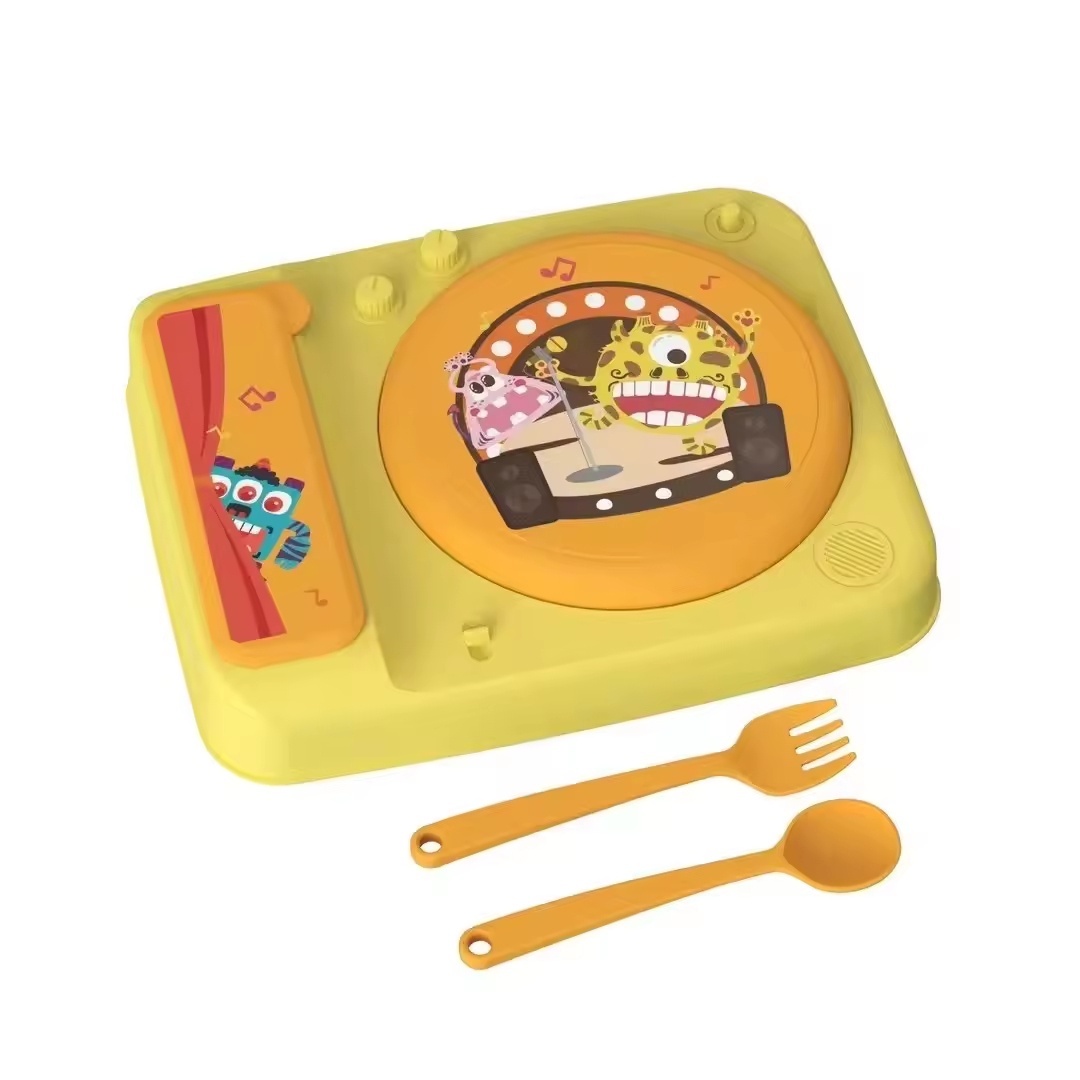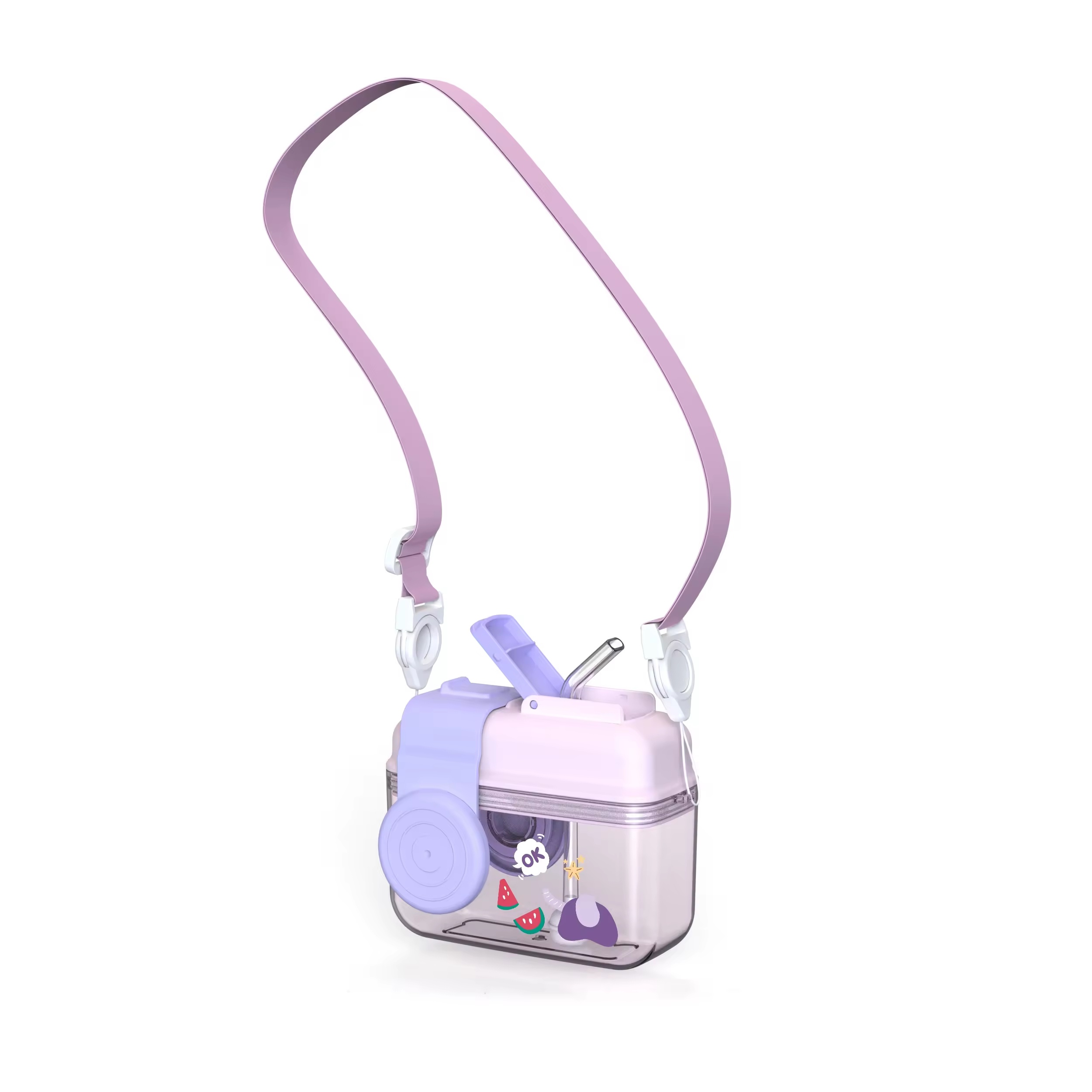Are there standards for lunch box durability?
When sourcing lunch boxes for your business, one of the most important questions is their durability. As a B2B buyer, understanding the durability standards and testing protocols can help you assess the quality of the products you're purchasing. In this article, we’ll explore the standards that cover lunch box durability and how suppliers assess their products.
Yes, there are several standards, including EN and ASTM, that cover durability testing for lunch boxes. These standards ensure that lunch boxes meet specific performance criteria under real-world conditions.
Ensuring that lunch boxes last for a reasonable period is crucial, especially in the competitive B2B marketplace. Let's dive deeper into the specific standards and tests that can help you evaluate durability.
Do EN or ASTM standards cover lifespan tests?
EN and ASTM standards[^1] play a key role in determining the durability of products like lunch boxes. These standards set out specific tests that manufacturers must follow to ensure their products are safe and reliable for consumers.
Yes, EN and ASTM standards[^1] do provide guidelines for lifespan testing, ensuring that lunch boxes meet durability requirements under various conditions.
EN and ASTM Standards for Durability
Both EN (European Norm) and ASTM (American Society for Testing and Materials) standards include tests that simulate real-world usage and measure how products perform over time.
Key Durability Tests in EN and ASTM
| Standard | Test Type | Purpose |
| EN 14372 | Impact Resistance | Ensures lunch boxes can withstand drops and impacts. |
| ASTM F963 | Abrasion and Wear | Measures resistance to surface wear over time. |
| ASTM D3574 | Compression Test | Tests whether the lunch box retains its shape under weight or pressure. |
These standards ensure that lunch boxes can withstand everyday usage and still maintain their function and appearance.
What tests simulate real-world lunch box usage?
Real-world usage involves not just impact resistance but also regular wear and tear, including opening and closing lids, exposure to heat, and cleaning. Manufacturers use various tests to simulate these conditions and measure how long lunch boxes can last before they start showing signs of damage.
Several tests simulate real-world usage[^2], including impact resistance, temperature cycles, and opening and closing cycles.
Tests Simulating Real-World Usage
Here are some of the most common tests that simulate real-life usage:
| Test | Purpose |
| Drop Test | Simulates accidental drops to ensure the lunch box doesn’t crack or break easily. |
| Temperature Cycling | Mimics the effects of exposing the lunch box to both hot and cold conditions (e.g., microwave and fridge). |
| Opening/Closing Cycles | Tests the durability of lids and seals by repeatedly opening and closing them. |
These tests help assess how well the lunch box holds up in a typical daily environment, where it may experience sudden drops or repeated temperature changes.
How many open-close cycles should lids endure?
Lid durability is one of the most critical aspects when it comes to the long-term functionality of lunch boxes. The number of times a lid can be opened and closed without failing is an essential test for assessing its lifespan.
Lids should be able to endure at least 10,000 open-close cycles without showing signs of wear or failure.
What is the Impact of Lid Durability?
Opening and closing a lunch box lid may seem like a simple action, but it puts constant stress on the hinges or seals. Over time, this can lead to cracks, loss of seal integrity, or warping. Testing how many cycles a lid can endure helps ensure that the lunch box remains functional even after years of frequent use.
What Happens After 10,000 Cycles?
| After 1,000 cycles | Slight wear on hinges, but still functional. |
| After 5,000 cycles | Some lid loosening or decreased tightness, but still usable. |
| After 10,000 cycles | Lid may start to show wear, but should still close securely and function properly. |
A well-tested lid will ensure that the lunch box is durable and user-friendly over time, especially for customers who use it daily.
Are durability results shared in test reports?
For B2B buyers, transparency is essential when it comes to product quality. Test results can help confirm whether a lunch box meets durability expectations.
Yes, durability test results[^3] are often included in test reports and can be requested from suppliers.
Durability Test Reports
Suppliers often conduct these tests in accredited laboratories and receive detailed reports on the performance of their products. These reports can include:
| Report Details | Information Provided |
| Impact Test Results | Shows how well the lunch box withstands drops. |
| Temperature Cycling Results | Details how the lunch box performs under extreme heat and cold. |
| Opening/Closing Test Results | Indicates the number of cycles the lid can endure before showing signs of wear. |
Buyers should ask for these reports to verify the claims made by manufacturers and ensure the lunch boxes meet durability standards before placing an order.
Conclusion
Understanding the durability standards for lunch boxes is crucial for B2B buyers. Standards such as EN and ASTM provide guidelines for lifespan testing, while real-world simulations, including drop tests and temperature cycling, give an accurate picture of a lunch box's ability to withstand daily use. Be sure to request test reports from suppliers to verify product quality and durability.
[^1]: Explore this link to understand how EN and ASTM standards ensure the quality and safety of lunch boxes, crucial for B2B buyers.
[^2]: Discover the various tests that simulate real-world usage, ensuring lunch boxes can withstand everyday conditions effectively.
[^3]: Learn about the importance of durability test results and how they can help you make informed purchasing decisions.
 Managing Your Baby Feeding Tableware Supply Chain from China: How to Ensure Smooth Operations?
Managing Your Baby Feeding Tableware Supply Chain from China: How to Ensure Smooth Operations?
 Negotiating Costs for Baby Plates & Cutlery with Chinese Suppliers: How Can You Get the Best Deal?
Negotiating Costs for Baby Plates & Cutlery with Chinese Suppliers: How Can You Get the Best Deal?
 Importing FDA-Grade PP & Tritan Kids Cups from China?
Importing FDA-Grade PP & Tritan Kids Cups from China?
 What Design Features Make an IP-Themed Bowl Safe for Infants?
What Design Features Make an IP-Themed Bowl Safe for Infants?
